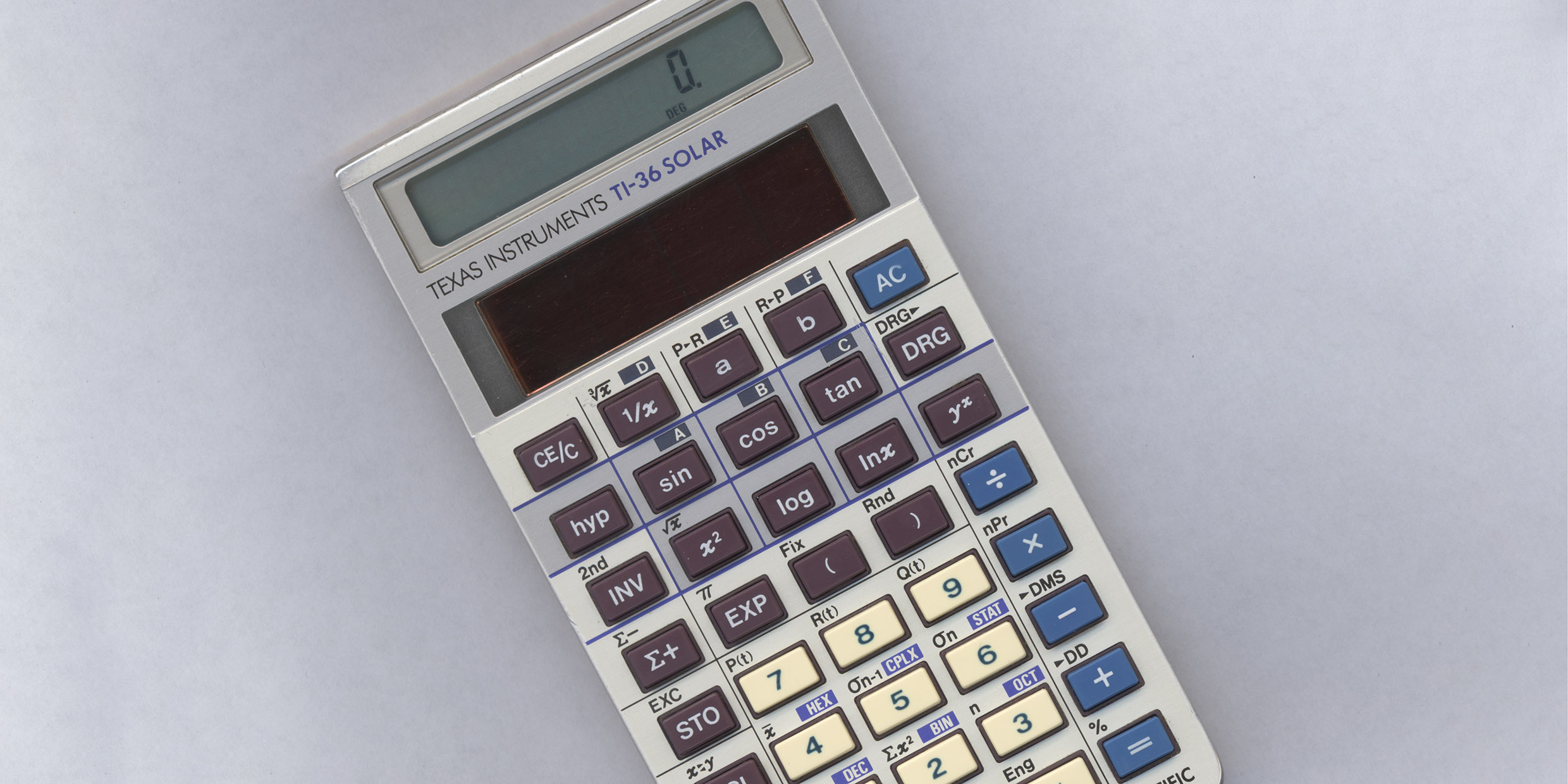Originally published 8 January 1990
The National Academy of Engineering has announced the ten greatest engineering achievements of the past 25 years. To draw public attention to the excitement of engineering, the Academy sorted through 340 possibilities and chose the following:
- The moon landing.
- Communications and information-gathering satellites.
- The microprocessor.
- Computer-aided design and manufacturing.
- The computerized axial tomography (CAT) scan.
- Advanced composite materials.
- The jumbo jet.
- Lasers.
- Fiber optic communication.
- The application of genetic engineering to produce new pharmaceuticals and crops.
Ho hum.
The trouble with this list is it’s too general, too grandiose, too abstract. Oh sure, there are things here that have contributed to quality of life, but not much to excite the public. Generally, this is a list that could only make big corporations happy.
Take the jumbo jet. If ever there was an engineering achievement that we could live without, it’s the jumbo jet. A colossal tin can for human sardines. Not a jumbo airplane, but a jumbo cash register.
Communication satellites? Thanks to these orbiting relays we now get 62 television channels. Big deal! Three was too many.
The microprocessor? We have microprocessors calling up at dinnertime to sell us magazine subscriptions. Computers on a chip have potential for enormous harm.
The same goes for the rest of the these mega-technologies.
So how about a list of engineering achievements that really connects with quality of life. Engineering on a human scale. Here’s my personal list. Not the moon landing, but…
- Plucky little Voyager 2, the pocket spacecraft of the century. A 12-year grand tour of the outer planets, working better all the time. Sending back pictures of exquisite beauty. Distant, magical worlds. A real-life Star Trek to boggle the imagination.
- The compact disc. Seventy minutes of Mozart without leaving the chair. No hiss. No scratches. Pure, repeatable, perfect sound. A concert orchestra in the palm of your hand.
- The Sony Discman. No wider than a CD and only 20 times thicker. Rechargeable. Add a good set of headphones for bliss in a box. This is what lasers were made for.
- The light-weight 12-speed bicycle, a Fuji Ace for example, the most sublime form of transportation since the invention of the foot. A metallic zephyr. Listen to the ball bearings whir in their races. The music of the spheres.
- The Macintosh Portable computer. Crisp, lightning-fast screen. Forty megabyte internal hard disk. 2400 bit per second modem. State-of-the-art word-processing software with dictionary. Let the purists have their quill pens; this is technology in the service of art.
- The automatic teller machine. No more are we held hostage to bankers’ hours. It’s our money, and if we want it on Saturday night or at an airport in Topeka, Kansas, then technology can be there to provide it — in crisp $20 bills.
- The New York Sunday Times. From forest to front stoop, this is surely the biggest technological bargain on Earth. Tree-harvesting machinery, newsprint factories, railroads, electronic communications, computer typesetting, high-speed presses. The state of the world for $1.50.
- The rechargeable power screwdriver and multi-use dry-wall screws. If technology is there to take the blisters out of life, then this combination does it.
- The Gillette MicroTrac disposable razor and aerosol shaving cream. If technology is there to take the nicks out of life, then this combination does it.
- The solar-powered calculator. Thirteen years ago I bought a Texas Instruments SR-40 scientific calculator for $35. (In those not-so-long-ago days calculators were still called electronic slide rules.) I have just replaced it with a TI-36 SOLAR calculator, half the size, twice the computational power, for half the cost. I suspect if Johannes Kepler, Blaise Pascal or Isaac Newton came back today, no other technological achievement would so impress them. Computations that once took professional mathematicians lifetimes to perform are now instantly available to every scientist and engineer. No batteries to replace, maintenance-free, and virtually indestructible. The handheld solar-powered scientific calculator may be the ultimate symbol of late-20th century technological prowess.



